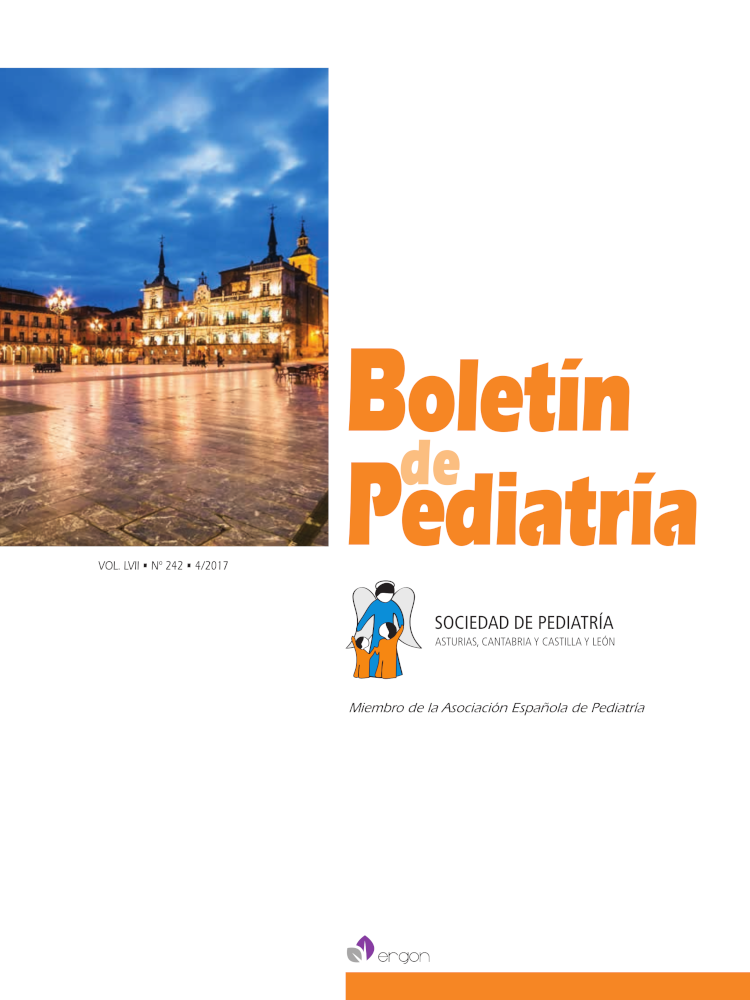Abstract
Introduction. Group B streptococcus (GBS) is one of the major germs involved in neonatal sepsis. Late-onset GBS infection is uncommon, occurring between 8 and 90 days of age and it manifests as bacteremia with a high rate of concurrent meningitis. Other less common forms of presentation are mucocutaneous, adenitis-cellulitis type, which may be the only manifestation of a systemic infection. Unlike early onset infections, related to maternal GBS colonization, in the late onset ones it is more difficult to establish the mechanism of transmission and therefore, their incidence has not been modified after the implementation of intrapartum antibiotic prophylaxis (IAP) protocols. Results. The first case is an 11-day-old male with GBS sepsis and meningitis. As a background, maternal GBS colonization was treated with a complete IAP and mastitis was present at the time of patient admission. The progress was satisfactory, except for the appearance of a residual subdural hygroma as a consequence of meningitis. The second case debuted at 21 days of life with cervical adenitis, which regardless of being treated, relapsed a month later with GBS positive blood culture. The mother, who had GBS, had also received complete IAP. Conclusions. We present two cases of late-onset GBS infection due to their clinical singularities, highlighting that although the implementation of IAP protocols has significantly reduced the early-onset forms of GBS infection, this has not been the case in the late-onset ones, remaining GBS as a frequent cause of severe infection in neonates and children younger than 3 months.

This work is licensed under a Creative Commons Attribution-NonCommercial 4.0 International License.
Copyright (c) 2017 Boletín de Pediatría
